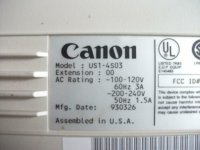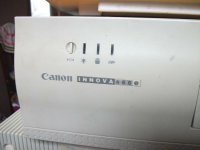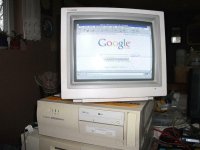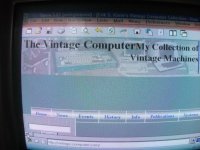Interesting, I've had great luck with using it in MS-DOS 6.22 and PC-DOS 6 and 7.
To be fair, all these 'newer' DOS proggies -- freedos, jemmex, etc... I've had horrible luck with on 'real hardware' -- they're FINE in a VM, but the moment I try to put them on the real deal they fall apart miserably.
In the case of JEMMX on my 386/40 it refuses to even let the machine start, on my 266MMX it starts, but you try to run anything that uses XMS or EMS it crashes, on my K6/2-450 it prevents windows from even starting with this massive debug dump output... and on my Athlon 600 it also seems to start up fine, but when running it the machine just randomly crashes at odd intervals. For freeDOS my results are quite similar for pretty much anything that's an exectutable separate from the OS...
While on those machines DOS 5/6.22 and Win 3.1/95/98 are rock solid.
Besides, since the heaviest configured of those machines reports 601k free (the normal machines reporting 621k) I'm not really worried about it.
To OP:
Is EMM386 actually needed for anything on the machine? I usually don't load it unless its actually needed for something.
It's a good point -- depends on how much DOS stuff is being run. Many DOS extenders require a XMS handler in place... but if you're not planning on running anything like that (Borland Paradox for DOS, some later games), it's not entirely necessary.... though the provision of UMB's for loading more than just the dos kernel into the HMA is often the reason people use it.
It's why I used to have three boot configs built using a config.sys menu... one with XMS and EMS, one with just XMS, and one 'clean/minimalist' for running windows.





